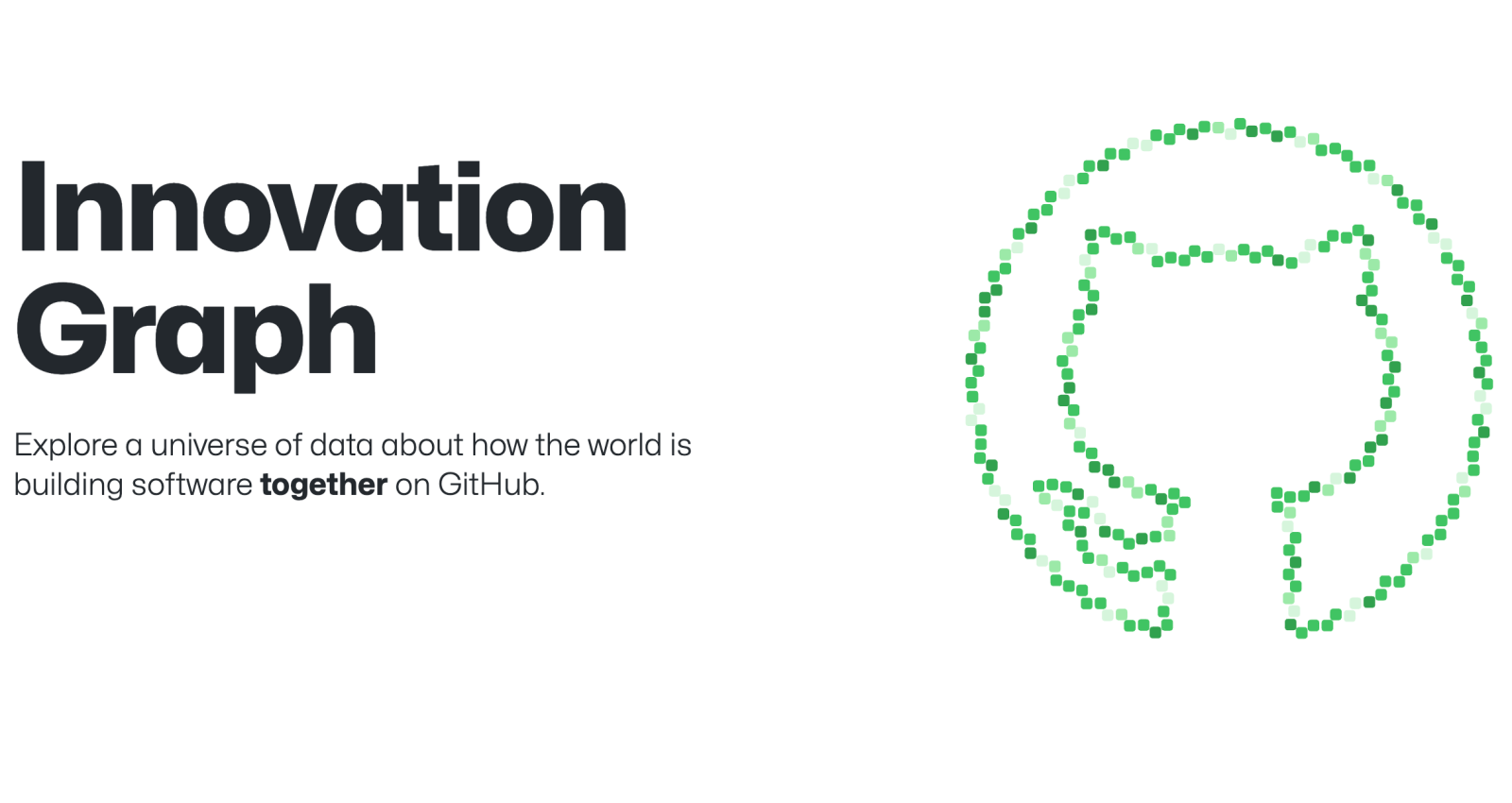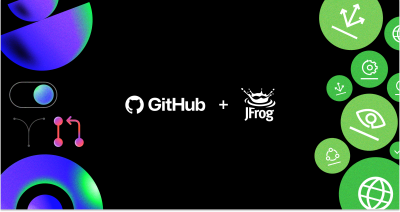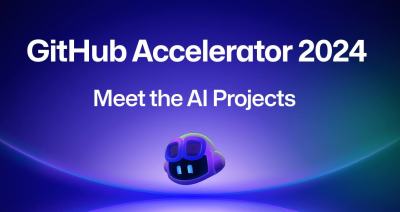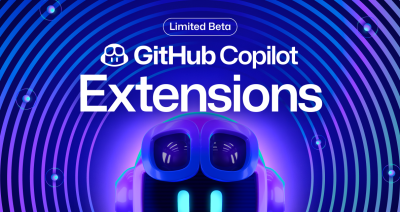Announcing the GitHub Innovation Graph
Explore a universe of data about how the world is building software together on GitHub.

I’m excited to announce the launch of the GitHub Innovation Graph, our open data and insights platform on the global and local impact of developers. For too long, measures of innovation have focused solely on things like patents and research papers, while policymakers and researchers have had trouble finding reliable data on global trends in software development. GitHub’s solution is the Innovation Graph.
What is it?
The Innovation Graph includes longitudinal metrics on software development for economies around the world. Launched today with a dedicated webpage and repository, it provides quarterly data on Git pushes, developers, organizations, repositories, languages, licenses, topics, and economy collaborators, dating back to 2020. The platform offers a number of data visualizations, and our repository outlines our methodology. Data for each metric (licensed CC0-1.0) is available to download.
Who it’s for
We expect the Innovation Graph will be useful for researchers, policymakers, and developers alike. In research commissioned by GitHub, consultancy Tattle found that researchers in the international development, public policy, and economics fields were interested in using GitHub data but faced many barriers in obtaining and using that data. We intend for the Innovation Graph to lower those barriers. Researchers in other fields will also benefit from convenient, aggregated data that may have previously required third-party data providers if it was available at all.
Promoting digital transformation and well-paid jobs is a key goal for many policymakers. We’re encouraged to see some research indicating that open source contributions on GitHub are associated with more startups, increased innovation, and tens of billions of euros in GDP, and expect that more easily accessible data will make for more (and compelling) research, and ultimately more policies that foster developer opportunity–and more opportunity for anyone to be a developer.
Developers will be able to see and explore the broader context for their contributions, for example, how developers collaborate across the global economy, or how the particular language or topic they are interested in is trending around the world.
What to do with it
We’re releasing the Innovation Graph as a data resource for community reuse, and are excited to see what you build! We think there are opportunities to explore data trends, inform research, make beautiful visualizations, and for developers to show how their contributions relate to broader trends.
Over time, we’ll continue to release new insight reports on topics of interest to policymakers, researchers, and developers.
If you have ideas on how we can improve the Innovation Graph, please open an issue in the repository. We’re committed to ongoing improvements, so that the Innovation Graph can best demonstrate the impact of developer collaboration around the world.
Tags:
Written by
Related posts

GitHub and JFrog partner to unify code and binaries for DevSecOps
This partnership between GitHub and JFrog enables developers to manage code and binaries more efficiently on two of the most widely used developer platforms in the world.

2024 GitHub Accelerator: Meet the 11 projects shaping open source AI
Announcing the second cohort, delivering value to projects, and driving a new frontier.

Introducing GitHub Copilot Extensions: Unlocking unlimited possibilities with our ecosystem of partners
The world of Copilot is getting bigger, improving the developer experience by keeping developers in the flow longer and allowing them to do more in natural language.